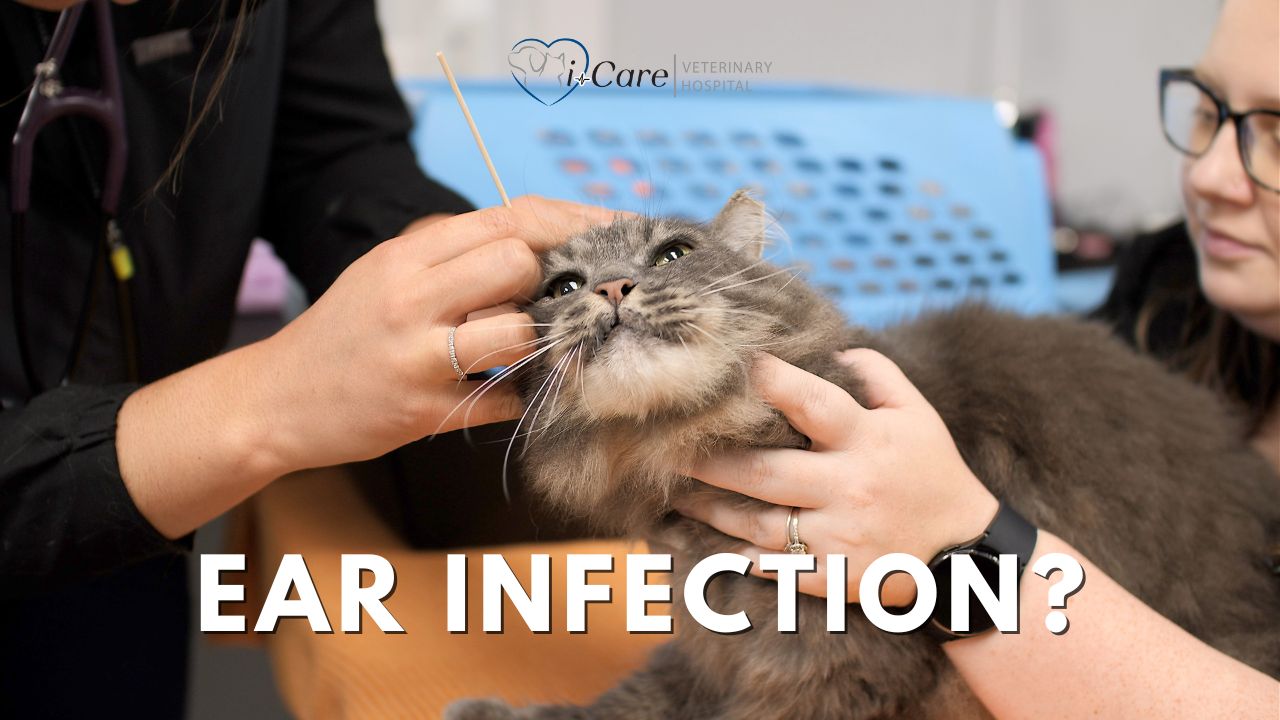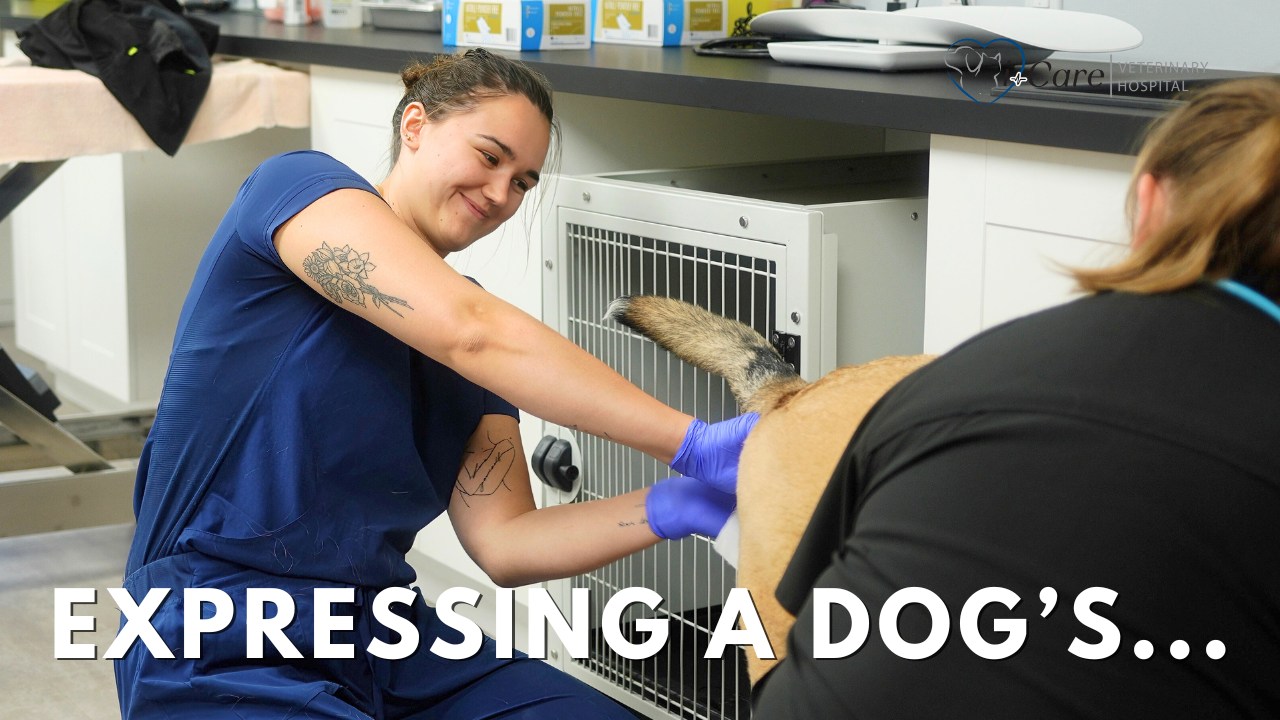22 Sep Understanding Ear Infections in Cats: Causes, Symptoms, and Treatments
Cats are known for their keen senses, especially their exceptional hearing. However, when their ears are affected by infections, it can lead to discomfort and potentially more serious health issues. Ear infections, also known as otitis externa, occur when the outer ear canal becomes inflamed or infected due to various causes such as bacteria, yeast, or ear mites. https://www.youtube.com/watch?v=2oLklHk67_g What Causes Ear Infections in Cats? Unlike in dogs, ear infections in cats are relatively rare but can still develop if there is an underlying condition affecting the ear. Some of the common causes include: Ear Mites: These tiny parasites are one of the leading causes of ear infections in cats, particularly in kittens. They cause intense itching, leading to excessive scratching, which can result in infections (Cornell Vet Med)(PDSA - The vet charity for pets in need). Bacterial and Yeast Overgrowth: Overgrowth of bacteria or yeast in the ear canal can lead to an infection, particularly if there is an underlying issue like skin allergies or an ear injury (Vca). Allergic Reactions: Cats with skin allergies are more prone to developing ear infections because their skin (including the skin inside their ears) becomes more sensitive to irritants (PDSA - The vet charity for pets in need). Foreign Objects or Polyps: Sometimes, a foreign object like a grass seed or a polyp can get lodged inside a cat’s ear, causing irritation and infection (Cornell Vet Med). Symptoms of Ear Infections in Cats It’s important to recognize the signs of an ear infection early on to prevent it from worsening. Symptoms can vary depending on the severity and cause of the infection, but common signs include: Scratching or rubbing the ears: Your cat may be frequently scratching at or rubbing their ears due to the irritation. Head shaking: Cats with ear infections often shake their heads to try to alleviate the discomfort (Cornell Vet Med). Odour: A foul smell coming from the ears is a common indicator of an infection. Discharge: You might notice dirt-like debris, discharge, or blood coming from the infected ear (PDSA - The vet charity for pets in need). Swollen ear flaps: In some cases, the outer ear flap may become swollen or droopy. How Are Ear Infections Diagnosed? Veterinarians typically perform an ear examination and take a sample from the ear canal to test for bacteria, yeast, or mites. A microscopic evaluation of the sample helps determine the exact cause of the infection and...










